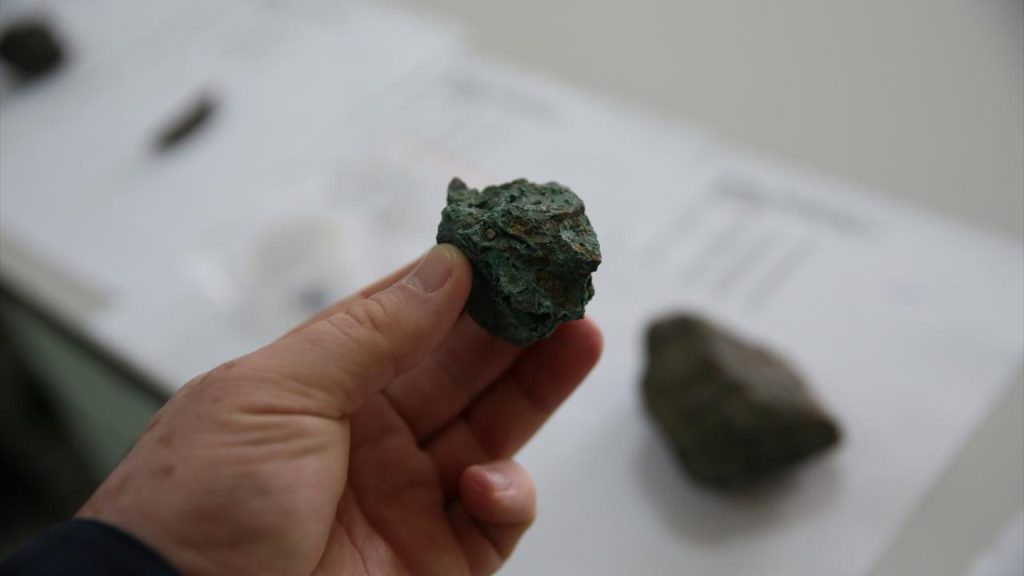In recent years, interest in meteorites containing secrets about the formation of the universe has increased along with meteor showers observed. These pieces, which are worth millions of liras, are not easy to distinguish from ordinary earth stones.
Citizens from all over Turkey apply to Istanbul University Faculty of Science Astronomy and Space Sciences Department with stones they think could be meteorites due to their unique appearance. Those who send the stones or their photographs or personally bring them to the university receive information from academics.
Academics, along with their students, examine the external appearances of the stones and after subjecting them to a series of tests, reach a final conclusion.
To date, none of the stones examined have been determined to be meteorites, while many stones left as gifts by enthusiasts at the faculty are used in student education.
The only real meteorite at the university is one of the 3 pieces of a meteor that fell in the district of Bayramiç in Çanakkale in 1964. This meteorite, which has a very high material value, is of great importance for scientific research.
With its thin burnt outer shell, the interior of the meteorite piece resembles an ordinary stone with a gray color structure not containing holes. However, considering its value, it is not allowed to touch it with bare hands and it is kept in a separate place.
Istanbul University Faculty of Science Astronomy and Space Sciences Department Associate Professor Dr. Hasan Hüseyin Esenoğlu explained his research and the interest of citizens in this field.
Esenoğlu, whose room in the historical Beyazıt campus of the university is full of stones of different colors and sizes, stated that they examine all the stones that come to them and inform the citizens.
Influenced by social media and news, those who appeal to them are curious whether these stones come from the Earth or from space. Esenoğlu stated that they receive stones from all over Turkey and from abroad.
Esenoğlu emphasized that people from every profession are interested in meteorites and they receive emails almost every day. He mentioned that even though thousands of examples or photographs of meteorites were sent, none of them were examples that they could confidently say were meteorites.
Pointing out that citizens gift stones that are not meteorites to the faculty, Esenoğlu stated that they also use these stones in student education, and give most of the stones as gifts to the students.
Explaining how ordinary stones can be distinguished from meteorites, Esenoğlu indicated that meteorites should have a thin burnt shell on the surface, no protrusions, smooth edges, and should be attracted by a magnet. He added that they conduct a series of tests to determine whether a stone is a meteorite or not, and stones that pass the initial tests can be examined in the laboratory.
By emphasizing that meteorites carry information about the formation of the solar system 4.5 billion years ago, Esenoğlu highlighted that these stones are scientifically valuable rare elements.
Esenoğlu stated that because meteorites are not found everywhere, they are valuable and excite people, and those who think they have a meteorite can contact them for consultation.
Recalling that NASA also conducted research on the Çanakkale meteorite, Esenoğlu called on people to donate a piece of any meteorite they find to contribute to science and to publicize their names worldwide. The studies on calculating the age of the Çanakkale meteorite and determining where it came from in the solar system are ongoing.


